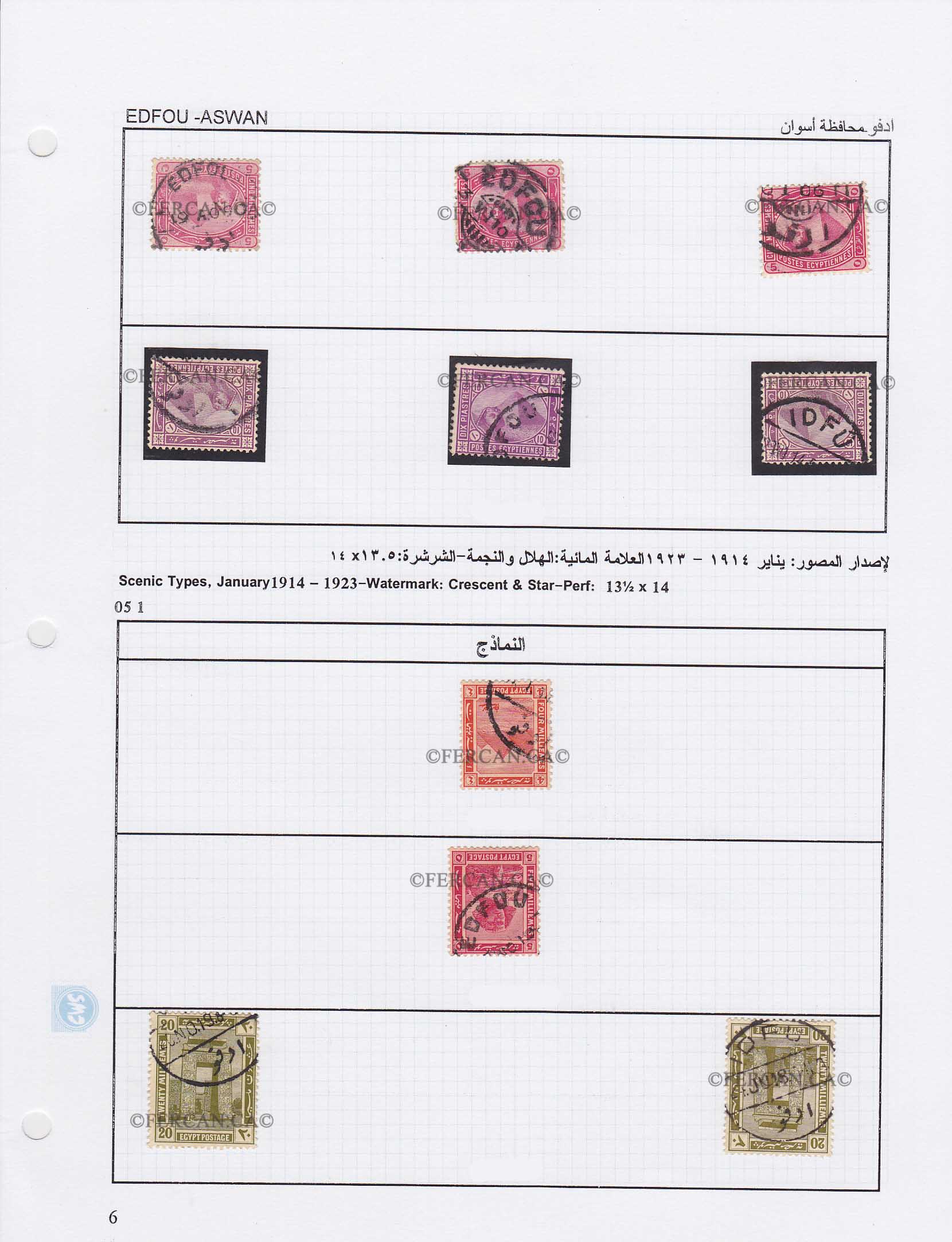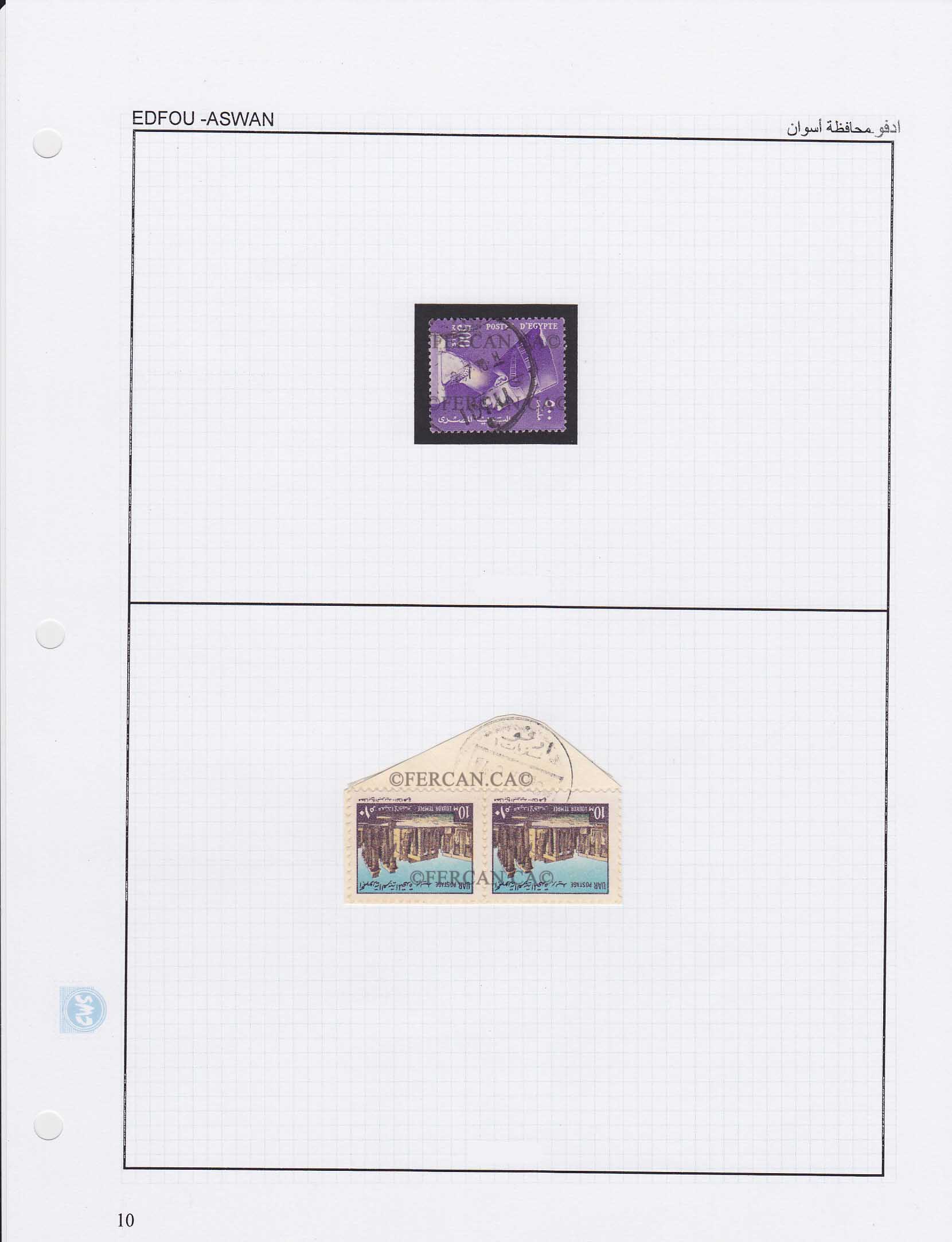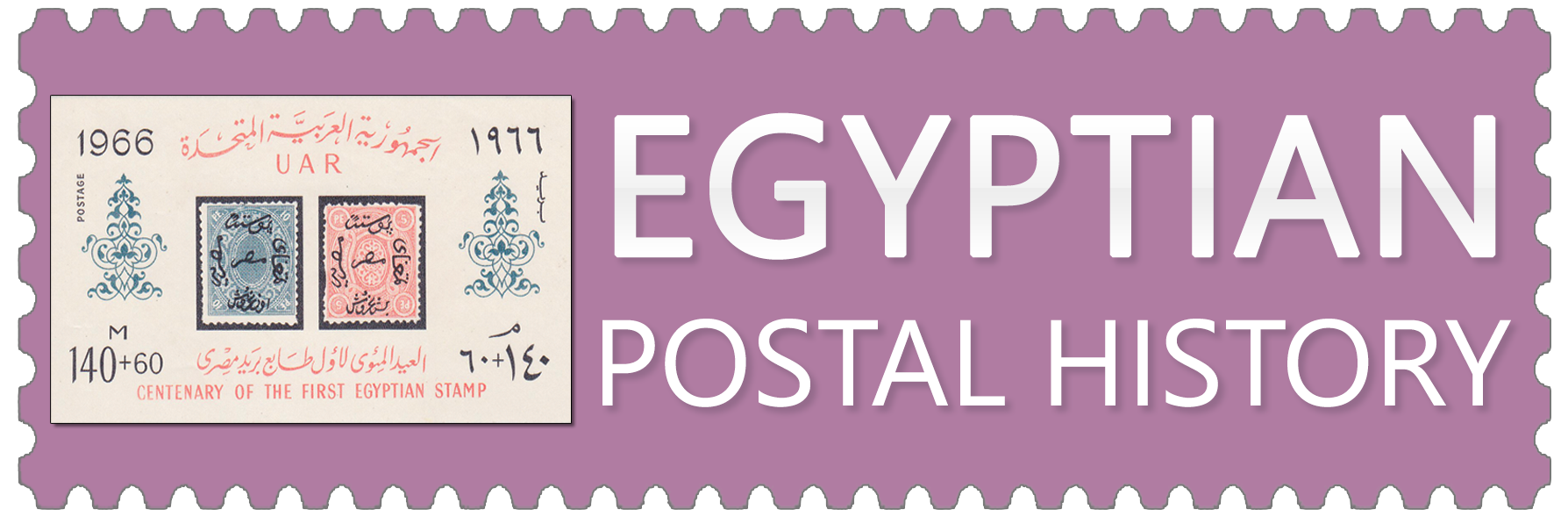Edfu contains the Temple of Edfu which was built during the Ptolemaic period for the idol Horus in 237 BC.
Edfu, also known as Idfu or Edfou, was a city in the south of Upper Egypt. The ancient Egyptians called it Jeb, while the Greeks and Romans called it Apollinopolis Magna, which means The City of Apollo Major. In the Pharaonic era, Edfu was the capital of the Second Province in Upper Egypt. Archaeological excavations have revealed, since the late nineteenth century, the importance of Edfu city in the early stages of Egypt’s ancient history, especially its cemetery dating back to the Old Kingdom in the third millennium BC. It was found where the tombs and terraces were built using mud bricks. Specialists in linguistics read the name of First Dynasty King Ouadjib carved on a rock in a place near the city. Edfu was one of the richest cities in Upper Egypt and, because of its location on the Nile, it guarded the gate of the elephants’ fort and is related to Bcoptos (Qift) and Tiba, which are located on the caravan route. This route cut through the Arabian Desert to the east of the Nile Valley. Port Berenice was built in the third century B.C. on the Red Sea at the head of Panas, during the reign of King Patlaimos II. This traditional trade route can be traced back to the third millennium BC, when convoys headed from Egypt to rich Punt land located at Bab El-Mandib, then to the southern shores of the Arabian Peninsula, on to Somalia and the Horn of Africa.
The most important antiquities of Edfu city and central district
- The Ptolemaic Temple of Horus, which took 180 years to build; it has kept its original form to a large extent, and is considered to be the second largest temple in Egypt after Karnak Temple. This temple represents one of the last attempts by the Ptolemaic rulers to build temples similar to those of their predecessors in terms of shape and luxury.
- The City of El Cape, the capital of the Kingdom of Southern Egypt before the unification of the two regions by King Menes.
- Stores and Grain Silos established by Prophet Joseph, peace be upon him, which are located in the North Center.
- The archaeological area of El Kom El-Ahmar on the west bank of the Nile and beside El-Bosaileia city, 17 km north of Edfu. It is the site of Nkn or Harakounolas, the first capital of unified Egypt in 3,200 BC and the capital of the Third Province in Upper Egypt. It contains many of the antiquities which date back to the pre-history era, as well as later times.
- Pyramid Kola, one of the pyramids built by the old families; the basic architecture of this pyramid is an asymptotic form of the pyramid of Saqqara.
- Coptic Pachomius Monastery (one of the oldest monasteries to be built during the Roman persecution of Christians in Egypt. It is found near Edfu in a town called Al-Hajer).
- The Structure of Thoth, an archaeological site which is south of Edfu in a town called Al-Hamam. It is an unlit structure.









